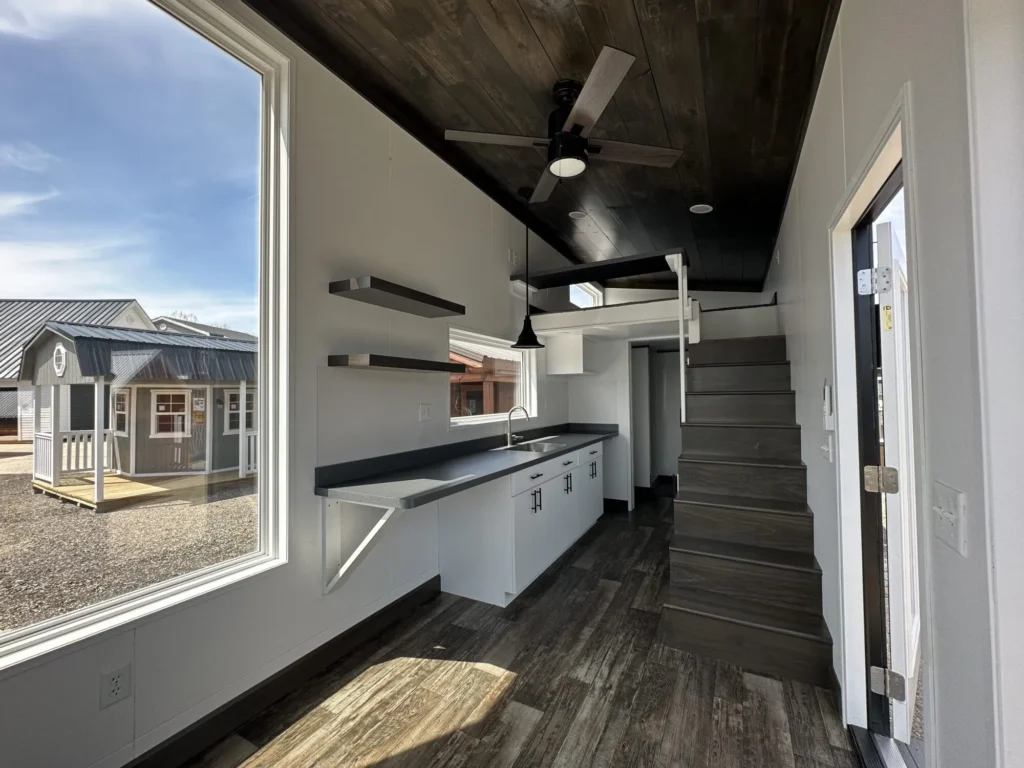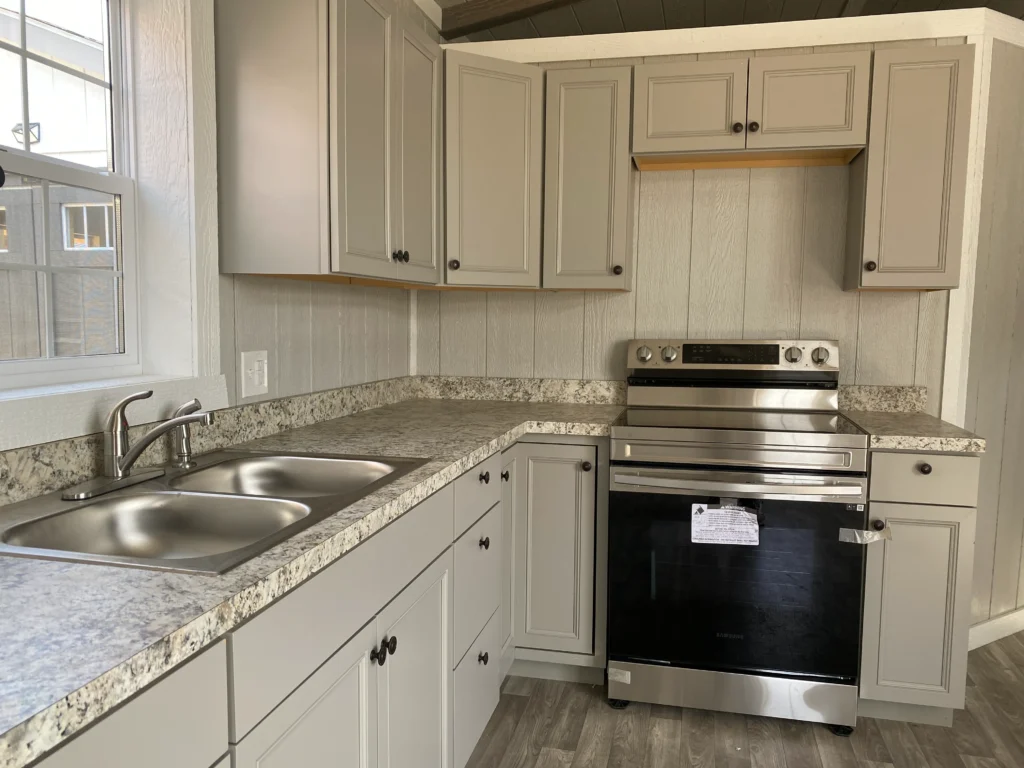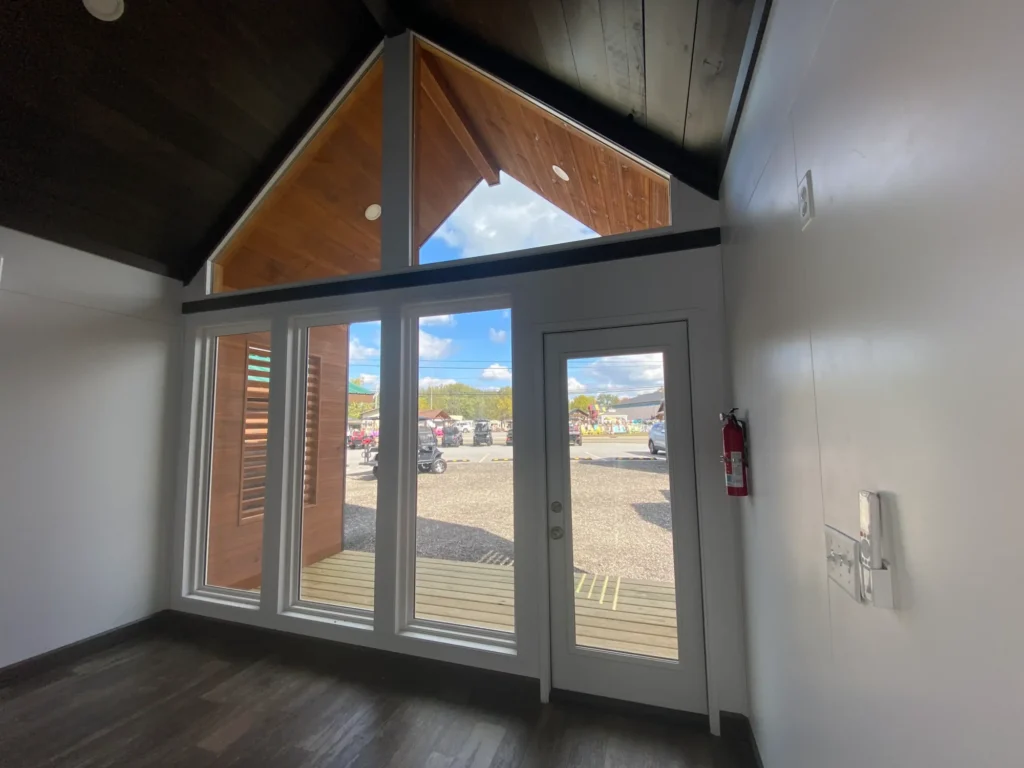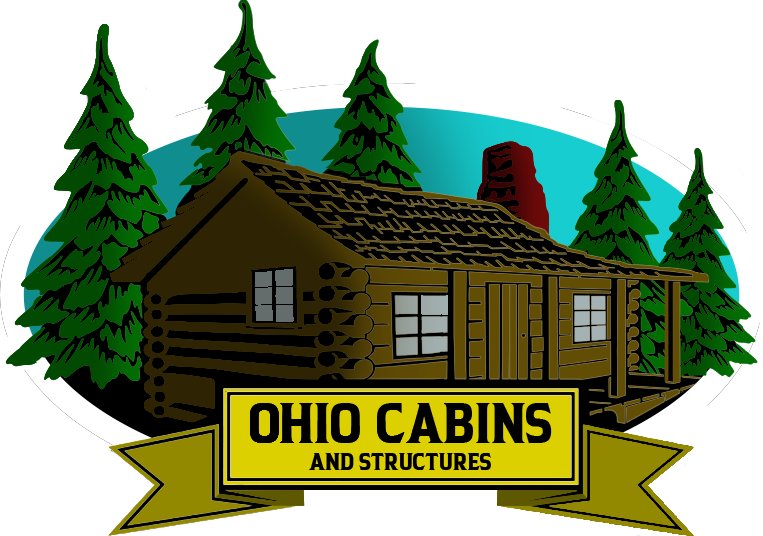The concept of a “prefab home” has gained widespread popularity among homeowners, builders, and sustainability advocates, but many people still wonder: what is a prefab home exactly? The term “prefab” refers to “prefabricated,” meaning that significant portions of the home are built in a factory setting before being transported and assembled on-site. Prefab homes offer a faster, often more affordable path to homeownership compared to traditional site-built houses. In this article, we’ll explore what defines a prefab home, the types of prefab homes available, their benefits, and why they are a growing trend in modern housing.

Defining a Prefab Home
A prefab home is a residential structure built primarily in a controlled factory environment rather than entirely on the construction site. Sections of the home—sometimes entire walls, floors, or modules—are manufactured off-site and then delivered to the home location for final assembly.
Prefab construction techniques improve efficiency, reduce material waste, and often result in a more consistent level of quality compared to traditional building methods. The degree of prefabrication can vary greatly, from homes that arrive in large modular sections to kit homes that require more significant on-site assembly.

Different Types of Prefab Homes
Prefab homes come in several forms, each offering different advantages and suited to different homeowner needs:
- Modular Homes: Built in large sections (modules) in a factory and assembled on a permanent foundation at the home site. Modular homes must meet the same building codes as traditional homes and can be highly customizable.
- Panelized Homes: Constructed as panels—such as wall sections with wiring and insulation already installed—that are shipped to the site and pieced together.
- Manufactured Homes: Built entirely in a factory according to HUD (Department of Housing and Urban Development) standards and transported to the site. These homes are often placed on non-permanent foundations and can be moved if needed.
- Kit Homes: Delivered as pre-cut pieces with a complete set of plans, allowing homeowners or contractors to assemble the home on-site. These homes require more labor but offer greater flexibility in design.
Each type of prefab home varies in price, construction timeline, and degree of customization available.

Advantages of Prefab Homes
Prefab homes offer several benefits that make them an attractive choice for modern homeowners:
- Speed: Building in a factory environment streamlines the process, allowing homes to be completed much faster than traditional builds.
- Affordability: Controlled material usage, bulk purchasing, and reduced labor costs make prefab homes generally more affordable.
- Quality Control: Factory settings allow for tighter quality control standards, minimizing construction defects.
- Energy Efficiency: Many prefab homes are built with high-efficiency materials and techniques, offering better insulation and lower energy bills.
- Sustainability: Reduced construction waste and lower carbon emissions make prefab homes an environmentally responsible choice.
- Customization: Modern prefab homes can be tailored with high-end finishes, smart technology, and unique layouts to match the homeowner’s vision.

Common Misconceptions About Prefab Homes
Prefab homes are sometimes confused with outdated ideas about “trailers” or low-quality “mobile homes.” However, today’s prefab houses can rival or even exceed traditional homes in quality, durability, and aesthetics.
Another misconception is that prefab homes are cookie-cutter in design. While some companies offer standardized layouts for affordability, many manufacturers offer extensive customization options to match a homeowner’s lifestyle and preferences.
Cost of Prefab Homes
The cost of a prefab home can range widely based on size, location, customization level, and type. On average, prefab homes cost between $100 and $250 per square foot. This can lead to substantial savings over the typical $150 to $400 per square foot for traditional site-built homes.
Additional costs such as land purchase, foundation installation, utility hookups, and permits should also be considered in the final budget.

Are Prefab Homes Permanent Structures?
Yes, many types of prefab homes—particularly modular and panelized—are designed to be permanent residences and are indistinguishable from traditionally built homes once completed. They must comply with local building codes and are eligible for standard mortgage financing.
Manufactured homes differ slightly because they are built to HUD codes rather than local building codes, and they may be placed on temporary or permanent foundations.
The Role of Prefab in Modern Housing Trends
Prefab homes are playing an increasingly important role in addressing housing shortages, affordability challenges, and sustainability concerns. As technology advances and consumer demand shifts toward faster, greener building solutions, prefab construction is gaining broader acceptance and popularity.
Many architects and builders are pushing the boundaries of prefab design, creating stunning modern homes that are stylish, efficient, and tailored to a wide range of lifestyles.

Ohio Cabins & Structures: Prefab Done Right
Ohio Cabins & Structures specializes in prefabricated cabins, cottages, garages, and tiny homes that blend craftsmanship with efficiency. Their high-quality structures are customizable and built to last, making prefab living both accessible and beautiful. Whether you’re dreaming of a cozy retreat or a full-time residence, their team can guide you through the prefab process with expert care.
Explore available models at Ohio Cabins & Structures. For additional prefab home trends and design inspiration, visit trusted resources like Prefab Review and Modular Homeowners.
Understanding what a prefab home is opens up exciting possibilities for affordable, efficient, and sustainable living. With the right builder and a clear vision, prefab living offers all the comforts of home—and then some.
